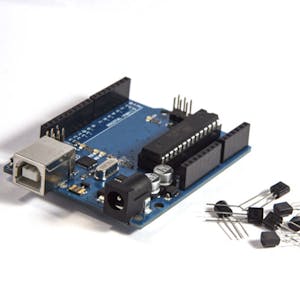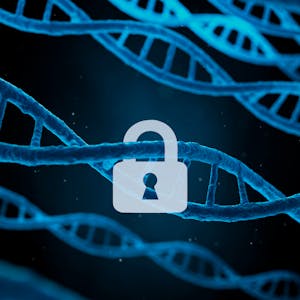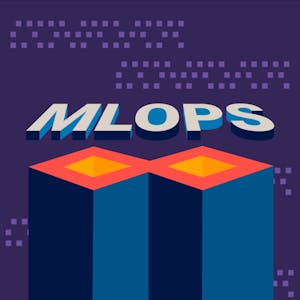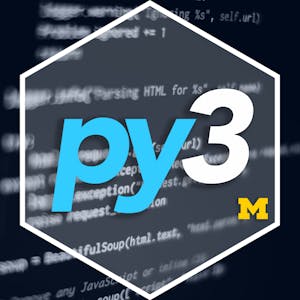Interfacing with the Arduino
About this Course
Arduino senses the environment by receiving inputs from add-on devices such as sensors, and can control the world around it by adjusting lights, motors, and other actuators. In this class you will learn how and when to use the different types of sensors and how to connect them to the Arduino. Since the external world uses continuous or analog signals and the hardware is digital you will learn how these signals are converted back-and-forth and how this must be considered as you program your device. You\'ll also learn about the use of Arduino-specific shields and the shields software libraries to interface with the real world. Please note that this course does not include discussion forums.Created by: University of California, Irvine

Related Online Courses
Should all our genetic information be made public in order to eradicate genetic diseases from this world? Who owns your genetic data once it becomes publicly accessible? What is your responsibility... more
This comprehensive course series is perfect for individuals with programming knowledge such as software developers, data scientists, and researchers. You\'ll acquire critical MLOps skills,... more
The course provides the principles of modelling and simulation of modern mechatronic systems, which are mechanical systems integrated with several types of sensors and actuators. The aim of the... more
The Workday in Action Series is geared towards learners interested in an in-depth view of the business processes and tasks used by business users across the Workday platform to organize and... more
This course introduces classes, instances, and inheritance. You will learn how to use classes to represent data in concise and natural ways. You\'ll also learn how to override built-in methods and... more








